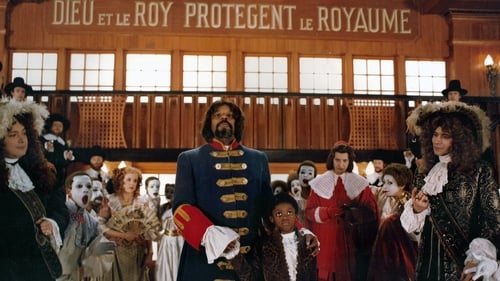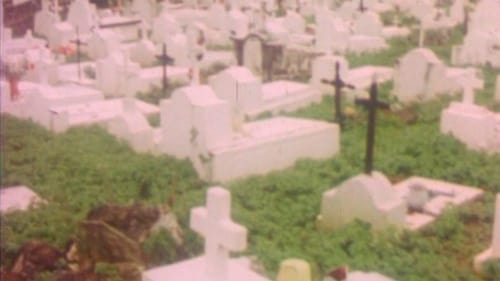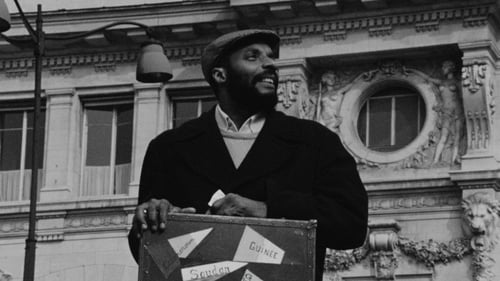
Le premier acrobate
A single-set color musical tracing the history of the West Indies through several centuries of French oppression.

For 'Et les chiens se taisaient' Maldoror adapted a piece of theatre by the poet and politician Aimé Césaire (1913–2008), about a rebel who becomes profoundly aware of his otherness when condemned to death. His existential dialogue with his mother reverberates around the African sculptures on display at the Musée de l'Homme, a Parisian museum full of colonial plunder whose director was the Surrealist anthropologist Michel Leiris.

Assistant Camera
This black-and-white film explores the dividing line between the theatrical imagination and everyday reality in its story of a narcissistic silent movie actor who believes his screen image as a great lover but is in fact a confused bisexual. His girlfriend, also an actress, is also caught up in the fuzzy space between fantasy and reality but feels this as a loss and tries to do something about it.

Writer
A Creole kung-fu film.

Director
A Creole kung-fu film.

Director
Shot during the cane workers' strikes in 1975, this first authentically West Indian film bluntly depicts Guadeloupe as it was, thirty years after departmentalization.

The film Soleil Ô, shot over four years with a very low budget, tells the story of a black immigrant who makes his way to Paris in search of “his Gaul ancestors”. This manifesto denounces a new form of slavery: The immigrants desperately seek work, a place to live, but find themselves face to face with indifference, rejection, humiliation…until the final call for uprising. “Soleil Ô” is the title of a West Indian song that tells of the pain of the black people from Dahomey (now Benin) who were taken to the Caribbean as slaves.




